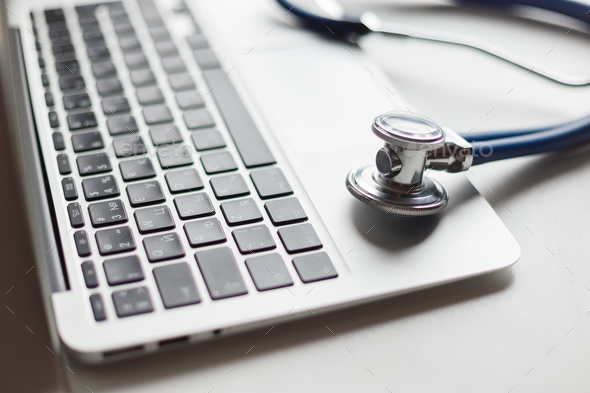 BY ZACHARY FRIDIRICI, MD
BY ZACHARY FRIDIRICI, MD
Dear Epic,
It has been a long time since we sat and had an honest exchange. Sorry for the neglect. I just cannot find the time to update my shortcuts. Nothing personal, but nothing is personalized.
Time is finite and the opportunity cost to keep you current is too high. Between seeing patients, writing notes, placing orders, pre-authorizations, operating, enslavement to my in-basket, and being a semi-present father/husband you drift down my list of to-dos somewhere between working out, seeing my own primary care doctor (it’s been 6 years), finishing research papers, home repairs, and finding a hobby to enjoy my so-called good-life.
If the opportunity cost were reduced, and I did put forth an honest effort at EMR personalization, I could reduce my clicks and daily computer burden. The effort put forth, would pay dividends and earn back a significant portion of my day (or night).
Problem is, I have done that. But unfortunately, I did it in a haphazard, on-the-go fashion (clicking stars, highlighting and hitting the green + sign). Overtime my short-cuts became long-cuts. The problem with efficiency tools is that they are always put into place without necessary foresight or in a time crunch. Hence, they are not designed to easily evolve with your practice. Who I am as a clinician today, is not who I was yesteryear. After all, it is the practice of medicine.
The solution. Creating timeless, embedded, shortcuts that can evolve with your practice of medicine with minimal, additional input. Now that I am reflecting on my Epic journey, pun intended, I am going to have a taste of my own medicine and leverage PhysicianLounge (www.physicianlounge.com) services.
The goal of Physician Lounge is simple. Evaluate your tech savviness and utilize their 10-step plan to improve your EHR efficiency and take back your day.
In preparation for my session I requested an up-to-date list of functioning smart links (harder than one might think at most institutions) and ensured I had access to Epic production environment at home.
Step 1 encompasses a revamp of my navigators to optimize my workflow, reduce best practice alerts (BPA’s often are placed at the top to open automatically), and allow me to quickly access high yield sections.
For steps 2-10 you will just have to schedule your own session with our EHR physician experts @ www.physicianlounge.com.
See you in the lounge!
Zach Fridirici, MD
Founder MedDocLive
Facial Plastic and Reconstructive Surgeon, Otolaryngology
Moreland ENT, LLC
For your efficiency boost you just have to schedule your own session with our EHR physician experts @ www.physicianlounge.com.




